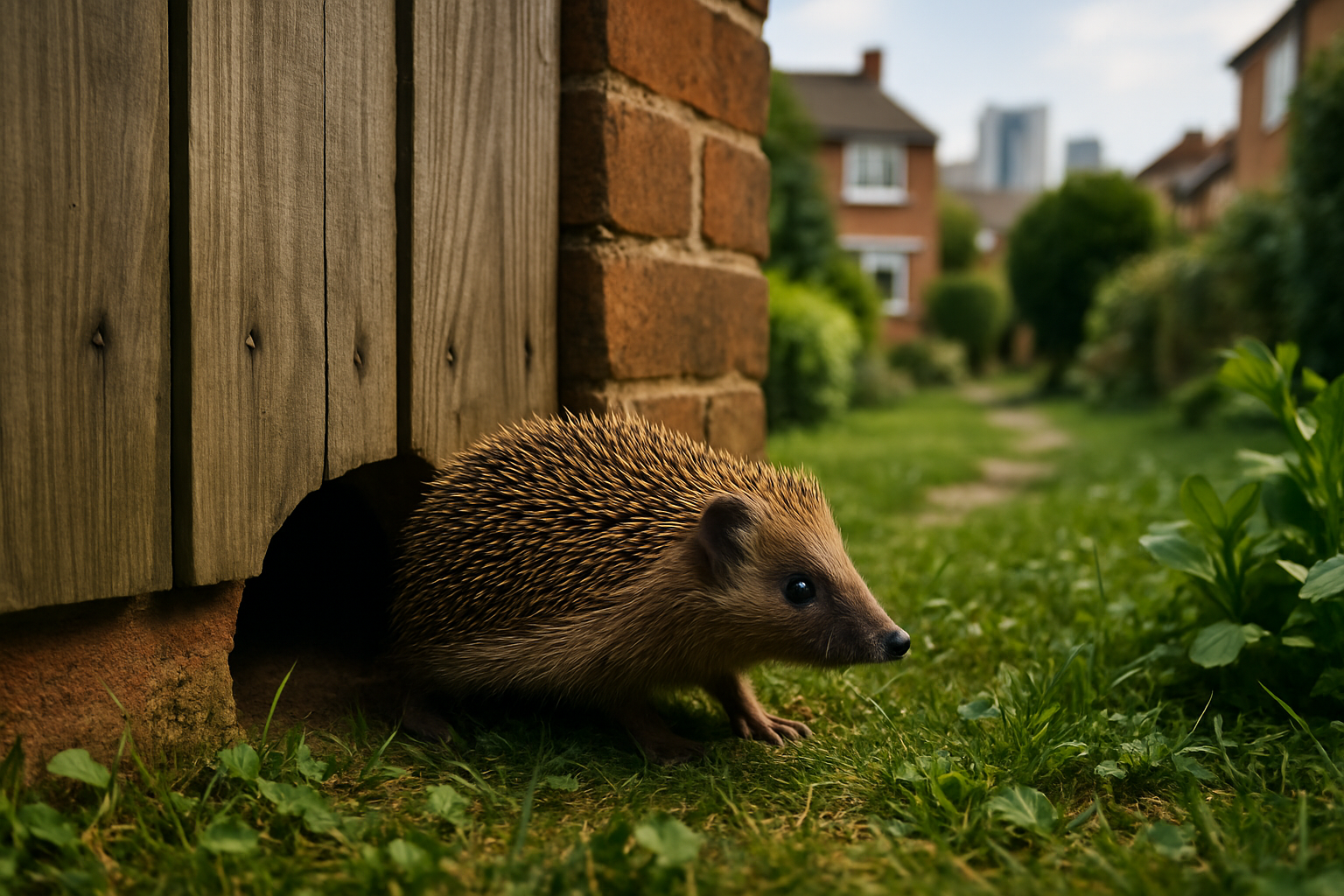Hedgehogs as Surprising Urban Survivors
Spiny, nocturnal, and undeniably adorable, hedgehogs have long captured our imagination as woodland creatures. But these prickly mammals are proving to be remarkably adaptable, carving out a niche in urban environments across the globe. This article explores the unexpected rise of hedgehogs in cities, examining their survival strategies, the challenges they face, and how urban dwellers can coexist with these charming garden visitors.

The Urban Hedgehog Phenomenon
The sight of a hedgehog waddling across a manicured lawn or foraging in a city park may seem out of place, but it’s becoming increasingly common. Urban hedgehogs are not a new species, but rather traditional European hedgehogs (Erinaceus europaeus) and their Asian counterparts adapting to city life. This phenomenon has been observed in various countries, with notable populations in the UK, Germany, and Japan.
Hedgehogs are naturally edge-dwellers, preferring the boundaries between wooded areas and open spaces. Urban environments, with their patchwork of gardens, parks, and green corridors, mimic this habitat structure. The abundance of food sources in cities, from insects and slugs to pet food left outdoors, provides a veritable buffet for these opportunistic eaters.
Survival Strategies in the Concrete Jungle
Urban hedgehogs have developed several strategies to navigate city life successfully. Their nocturnal habits help them avoid human activity and traffic, while their ability to travel up to 2 kilometers in a single night allows them to explore large areas in search of food and mates.
One of the most fascinating adaptations is their use of man-made structures. Hedgehogs have been observed using storm drains as highway systems, allowing them to move safely between different parts of a city. They also take advantage of garden sheds, compost heaps, and even purpose-built hedgehog houses for shelter and hibernation.
Challenges Faced by Urban Hedgehogs
Despite their adaptability, urban hedgehogs face numerous challenges. Road traffic is a significant threat, with thousands of hedgehogs killed by vehicles each year. Garden fences and walls create barriers to movement, fragmenting their habitat and isolating populations. The use of pesticides in gardens and parks reduces their food sources and can lead to secondary poisoning.
Climate change also poses a threat, as warmer winters can disrupt hibernation patterns, leading to hedgehogs emerging too early when food is scarce. Additionally, the increasing frequency of extreme weather events can flood their nesting sites and reduce food availability.
Conservation Efforts and Citizen Science
The plight of urban hedgehogs has sparked numerous conservation initiatives. In the UK, the Hedgehog Street project encourages homeowners to create hedgehog-friendly gardens by making small holes in fences, providing water sources, and creating log piles for shelter. Similar projects have sprung up in other countries, with organizations providing resources and advice for urban hedgehog conservation.
Citizen science has played a crucial role in tracking urban hedgehog populations. Apps and online platforms allow city dwellers to report hedgehog sightings, creating valuable data for researchers. These efforts have not only contributed to scientific understanding but have also raised public awareness and engagement in urban wildlife conservation.
The Future of Urban Hedgehogs
As cities continue to expand and evolve, the fate of urban hedgehogs remains uncertain. However, their ability to adapt offers hope for their survival. Urban planners are increasingly incorporating wildlife-friendly features into city designs, such as green corridors and hedgehog highways. These efforts not only benefit hedgehogs but also contribute to broader urban biodiversity.
The estimated cost of hedgehog-friendly garden features can range from $50 to $500, depending on the extent of modifications. While this may seem like a small investment, the collective impact of widespread adoption could be significant for hedgehog populations.
The story of urban hedgehogs serves as a microcosm for broader issues of wildlife adaptation in the Anthropocene. By studying and supporting these spiny city-dwellers, we gain valuable insights into urban ecology and the potential for harmonious coexistence between humans and wildlife in our ever-expanding urban landscapes.





